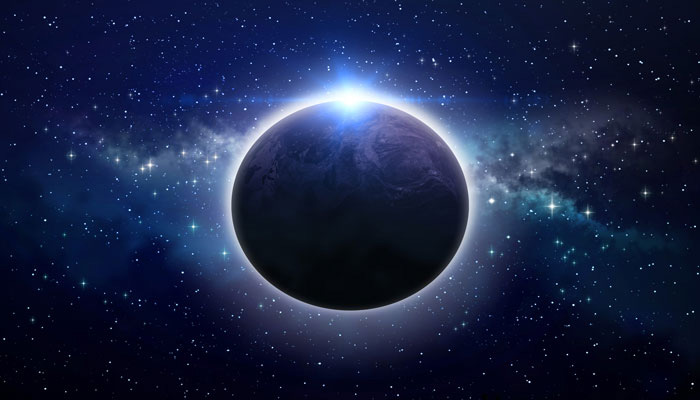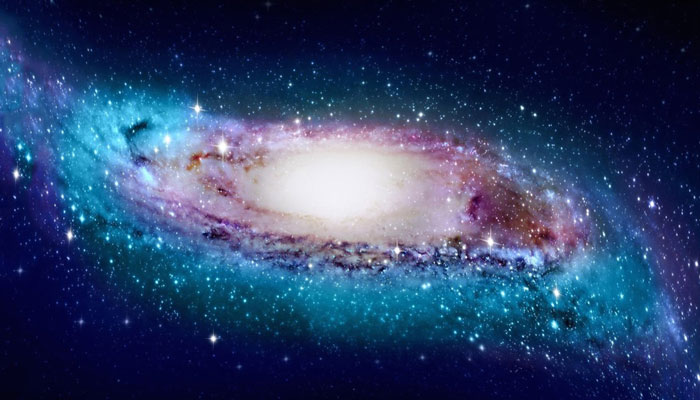The solar system is a complex environment where every object travels along its own trajectory. The Earth orbits around the sun, returning to its original position once a year, and the moon orbits around the Earth once every 27-and-a-bit days.
Two-to-four times a year, the sun, the Earth and the moon are closely aligned. When this happens, the moon travels into the Earth’s shadow cast by the sun, resulting in either a partial or a total lunar eclipse.
Total eclipses happen when the moon fully enters the darkest shadow of the Earth, the ‘umbra’; total eclipses are much rarer than partial eclipses.

Because the moon can only travel through the Earth’s shadow when it is directly opposite the sun with respect to the Earth, lunar eclipses only happen during new moon. They can last several hours; the actual length depends on the distance between the Earth and the moon, which varies over the course of a full month because the moon traces an elliptical trajectory around the Earth.
The only light reflected by the moon during an eclipse is sunlight that was bent around the earth by the earth’s atmosphere, which gives the moon a reddish colour. In South America, the Mayans and Incas attributed the moon’s disappearance to an attack by hungry jaguar — hence explaining the moon’s blood-red colour.
Along the same lines, the ancient Egyptians thought it was swallowed by a sow, while the Chinese invoked a three-legged toad.
Rest assured, however: despite popular misconceptions, lunar eclipses don’t have any proven impact on your wellbeing!



